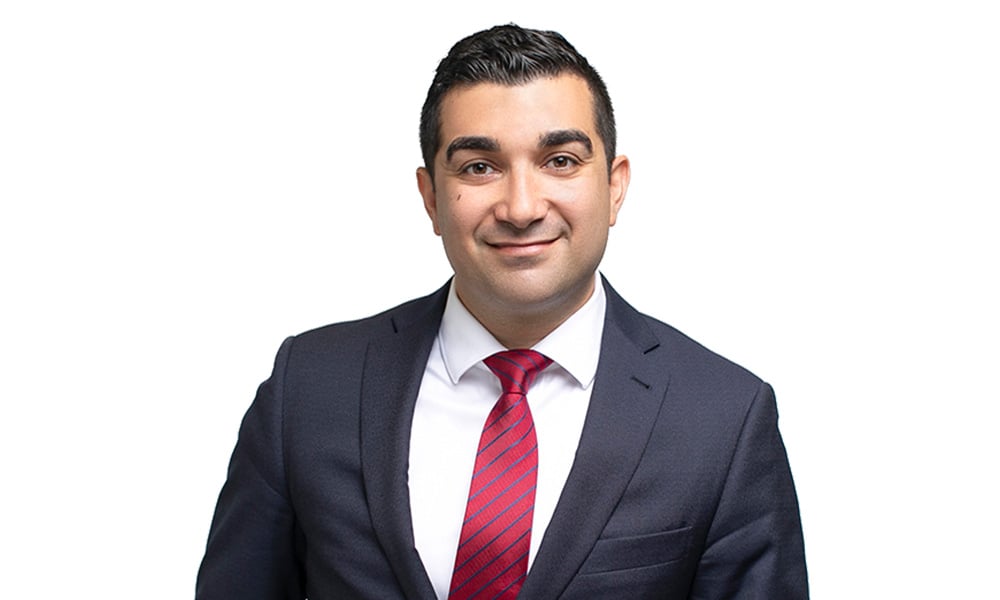Top advisor weighs in on tax changes in federal budget, and how some measures might not work out as planned

Given the backdrop of high inflation, tightening central bank policy, and steep increases in the housing markets, yesterday’s federal budget was certainly one unlike any other. But in a very broad sense, it was exactly what wealth professionals have come to expect from all budgets.
“There were some interesting items, some pleasant surprises, and some unpleasant surprises,” says Ethan Astaneh, Wealth Advisor at Nicola Wealth.
One of the main focuses of the 2022 budget’s agenda was to address the issue of housing affordability. Aside from proposing to double the First-Time Home Buyers’ Tax Credit amount to $10,000, the government introduced a promised Tax-Free First Home Savings Account, through which prospective home buyers could save up to $40,000. Like an RRSP, contributions to the account would be tax-deductible, and like a TFSA, withdrawals to purchase a first home would be non-taxable.
Find out what expenses are tax deductible in Canada in this article.
“It’s interesting, because the way they’ve designed it, you have to contribute $8,000 a year over a five-year period to get to the $40,000 limit. And if you don’t use your contribution room for one year, it doesn’t roll over to the next,” Astaneh says. “So to maximize this, someone needs a five-year runway before they want to buy a home.”
Assuming someone is paying the highest marginal tax rate, Ethan estimates that contributing to the Tax-Free First Home Savings Account would save them about $20,000 in taxes. But because they have to put that aside over five years, they also face the risk of paying substantially more than that for the home they want should it appreciate too much in price.
“The government did deliver on that promise. But the way they delivered on it, I think, is actually going to make its use more limited,” he says.
Another new measure, the Multigenerational Home Renovation Tax Credit, would allow families to claim 15% of up to $50,000 in eligible renovation and construction costs incurred in order to construct a secondary suite for a senior or an adult with a disability. That measure will be open to Canadian households starting in 2023.
“It seems like they’re incentivizing two things. They’re encouraging densification by having multiple generations living in the same unit, which is a very indirect way of increasing housing supply,” Astaneh says. “Then it also incentivizes having relatives close together, which can have contributions for long-term care.”
While the new tax credit is well-intentioned, whether it’s effective is hard to tell. From where Astaneh sits, the $50,000 limit on renovations wouldn’t persuade families who weren’t already planning on renovating to do so. If nothing else, it would provide a way to help ease the rising costs faced by families who were already on that path.
The budget also included some items revisiting the issue of tax fairness, including requirements for financial institutions to help pay for Canada’s post-pandemic recovery. There was also a commitment to examine a new minimum tax regime, with details on a proposed approach promised in the 2022 fall economic and fiscal update.
One subsection addresses how some people are able to manipulate the Canadian-controlled private corporation (CCPC) status of their corporations to avoid paying the refundable corporate income tax that they would otherwise pay on investment income within those entities. To address those, the budget is proposing targeted amendments to the Income Tax Act.
“There’s one tax provision that was being used under which a Canadian corporation, after achieving a certain size, would change its form to a non-Canadian corporation. They’ve essentially shut that down,” Astaneh says. “They’ve been investigating this for a while and indicated their intentions by way of audits and enforcement over the past year, so it’s not necessarily news to the business community. It was expected to be on the chopping block.”
Many professionals thumbing through the budget were also half-expecting an increase to the capital gains inclusion rate from 50%. While the legislative infrastructure to do that has already been in place, that wasn’t included in the 2022 budget. So certain strategies that rely on the capital gains rate being where it is currently will continue to be effective.
“There wasn’t any change to the tax brackets, which I’d suppose is also welcome news for people in the higher tax brackets,” Astaneh said.



